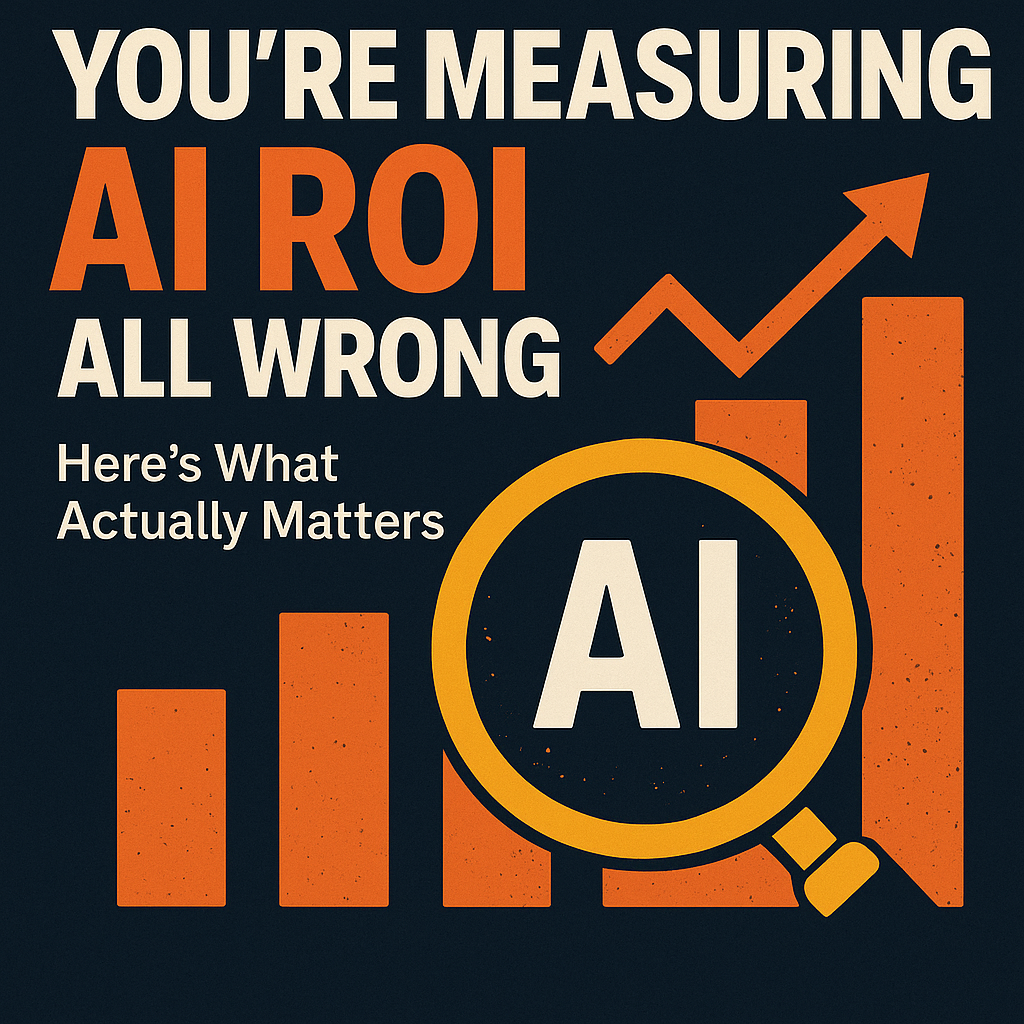Medium
3w
364

Image Credit: Medium
You’re Measuring AI ROI All Wrong. Here’s What Actually Matters
- AI initiatives often start strong but lose impact over time, leading to strategic setbacks compared to competitors.
- To make AI a strategic pillar, reframe the evaluation from 'What did we save?' to 'What did we unlock?' and 'What happens if we wait?'
- Measuring only direct cost savings and speed improvements can lead to automation without meaningful advancements and relevance.
- Focus on new revenue streams, customer segments, and product innovations that AI enables over a longer timeframe (6-18 months) for strategic impact.
- Monitoring market positioning, talent attraction, and evolving customer expectations is crucial for understanding the long-term impact of AI investments.
- Strategic ROI goes beyond immediate savings, encompassing reinvestment in new capabilities, gradual efficiency gains, growth, and competitive advantage over time.
- Measuring strategic ROI involves assessing the compound effects of AI investments on market leadership and differentiation.
Read Full Article
21 Likes
For uninterrupted reading, download the app